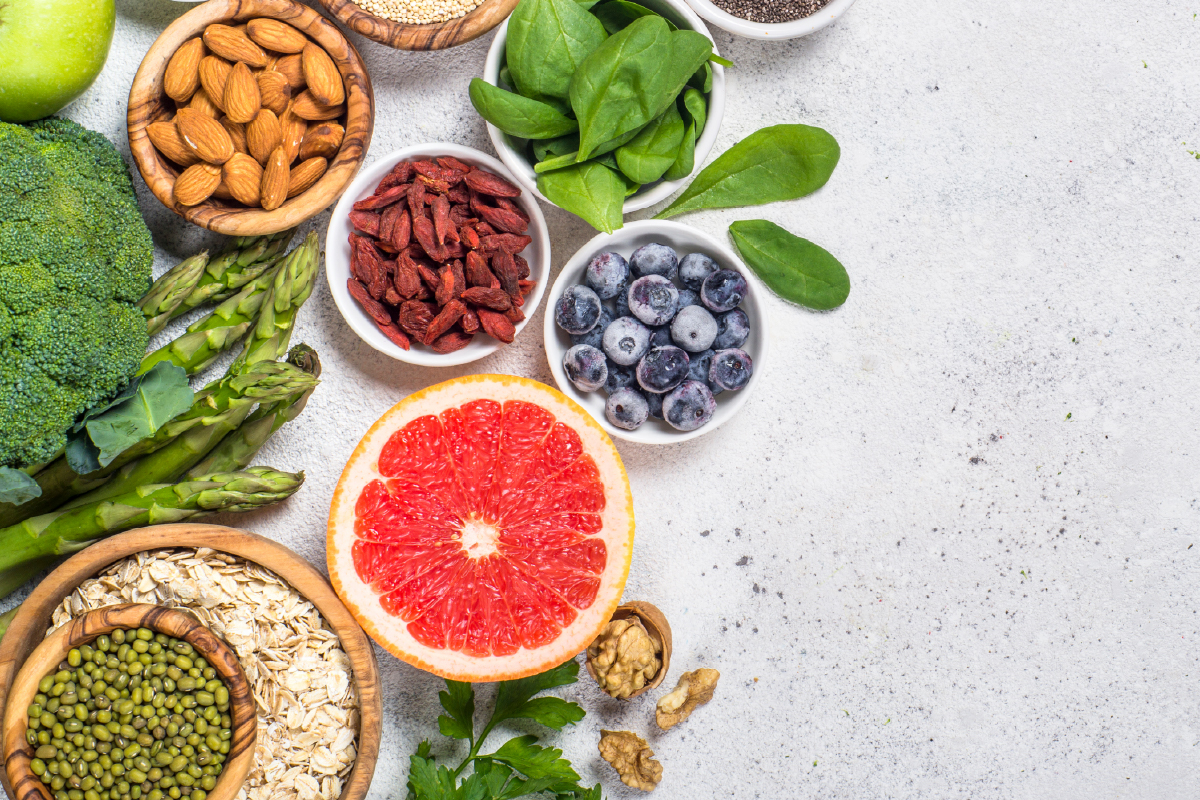10 Tips for Weight Loss & Wellness


Want to get into summer shape but don’t know where to start? More important than trying radical changes is to form habits that are sustainable. Aiming for a balanced, varied and healthy diet that makes you feel, as well as look good.
3StepDiet® has gathered 10 simple and effective tips to help you. And the best part is that you can start applying them right away.
1. Plan your meals
Planning meals and making a weekly menu helps you control what you eat. Involve the family in planning home-cooked meals and snacks. This way, everyone can contribute to eating healthier.
2. Eat more veggies
Veggies are your best friends; nutritious, fiber-rich and low in calories. Always find ways to include them in meals and snacks. Aim for the rainbow to get a variety of nutrients and phytochemicals! Even when eating at the restaurant, you can start your meal with a salad or vegetable appetizer.
3. Moderate your use of salt (sodium)
Since there is already sodium present in most ingredients (highest in shelf stable, preserved, pre-prepared and restaurant food), reduce the amount of salt you add by flavoring with herbs and spices instead. In addition to being related to a host of diseases, excess salt consumption can cause fluid retention. Don’t forget to read labels and compare sodium contents especially when choosing processed foods, such as canned goods, cold cuts, cheeses, sauces, broths.
4. Keep yourself well hydrated
Swap alcoholic beverages and sugary sodas for mineral water. Often thirst is confused for hunger, so it is possible that excess calories are consumed, when in reality what you need is to drink more water. On average we should drink 1.5 to 2 liters of water a day.
5. Choose foods that are naturally high in fiber
Foods that contain more fiber can help fill you up and keep you from overeating. Sources of natural fiber are in plant-based foods such as vegetables, fruits, whole grains, beans, lentils and seeds.
6. Pay attention to portion sizes
Portion control is key for weight loss, weight management and wellness in general! Even if a food is healthy, it doesn’t mean you should overeat it. Make a little go a longer way by slowing down and savoring your food.
7. Practice mindful eating
At mealtime, eat mindfully and intentionally. Exposure to distractions, whether through television or devices, can contribute to you not being tuned in to your physiological signs of hunger and satiety, leading to overeating.
8. Read food labels
Reading food labels helps you make smarter, healthier choices. Consult the list of ingredients and also the nutritional values to understand the calories, carbohydrates, saturated fats and proteins that the food contains. Awareness can lead to better choices.
9. Rethink your relationship with sugar
Sweet treats are often used as a reward. This habit can be harmful to your health, if abused. Food should not be emotional compensation. Find comfort in things other than food and enjoy those sweet treats in small portions, just because.
10. Create a healthy environment
Out of sight, out of mind. Don’t tempt yourself by having unhealthy food around. Make smart swaps. Replace those chips and sweet treats with trail mix and whole grain crackers. Place a big bowl of fresh fruit on the counter to remind you to snack on those instead. If you stock your kitchen with healthy foods, you’ll make it much easier on yourself to choose wisely.









